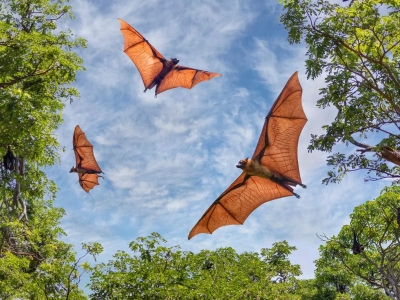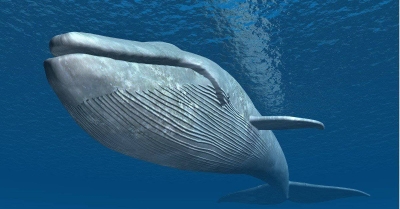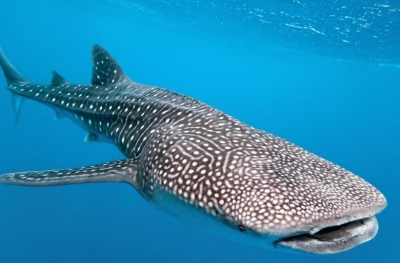What is Self-Publishing?

Several species of agricultural crops depend on bats for pollination. In addition, fruits bats help in the dispersion of seeds, keeping several species of fruit-bearing trees alive. Some species of bats consume insects, considered agricultural pests. This not only prevents the use of billions of dollars worth of pesticides annually but also allows the soil to remain free from harmful chemicals.
The fungus Pseudogymnoascus destructans causes white-nose syndrome in bats, and "is responsible for the deaths of over six million bats in North America". This is one of the reasons for the decline in the population of bats globally. And, scientists say that this decline is of concern. What causes the plunge in their numbers, and why should we be worried? Come, let's find out. Often labelled blood suckers and disease carriers, bats seem to get short shrift. Pop culture portayals of vampires and the endless speculation over the origins (often pointing to bats, albeit scientifically unproven) of the ongoing pandemic make it even worse for the world's only flying mammals. Add to the fact that these nocturnal creatures usually do their work under the cover of darkness, their role in healthy ecosystems may not be appreciated by laypeople. Several species of agricultural crops such as banana, mangoes, avocadoes, and figs are said to depend on bats for pollination. In addition, fruit bats help in the dispersion of seeds, keeping several species of fruit-bearing trees alive. Some species of bats consume insects, considered agricultural pests. This not only prevents the use of billions of dollars worth of pesticides annually but also allows the soil to remain free from harmful chemicals. In fact, guano - the excrement of bats - makes for excellent manure. Found in all continents except Antarctica, bats are a part of different types of ecosystems - from rainforests to deserts. Irrespective of the region they inhabit, they play crucial ecological roles, keeping alive the biodiversity and the health of their ecosystems.
While the population of bats in North America has taken a huge hit due to the white-nose syndrome, there's a general decline in their population in other parts of the world too. The reasons for this include climate change, invasive species, loss of habitat due to urbanisation and agriculture, lack of food, especially when pesticide is used to kill the insects they feed on, etc. There's still a lot to be studied about bats. But an aspect of concem in studying bats is that they "roost in lots of different places, from caves to barns to attics, and scientists can't monitor bats in all places at all times".
Picture Credit : Google

